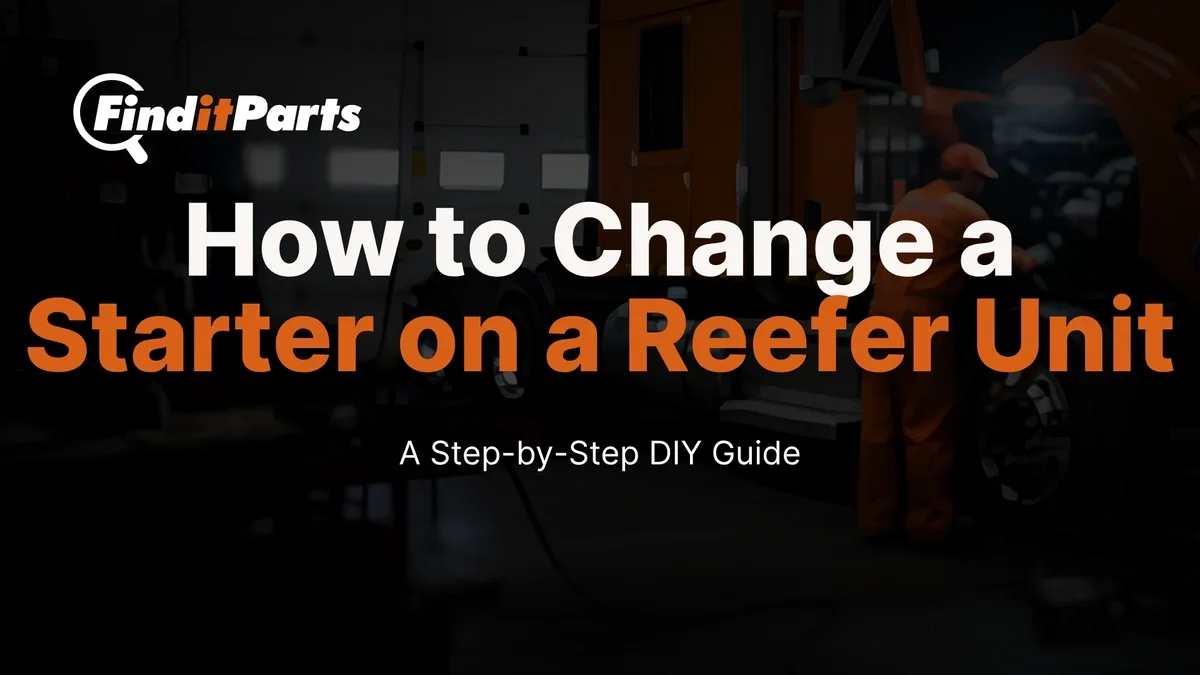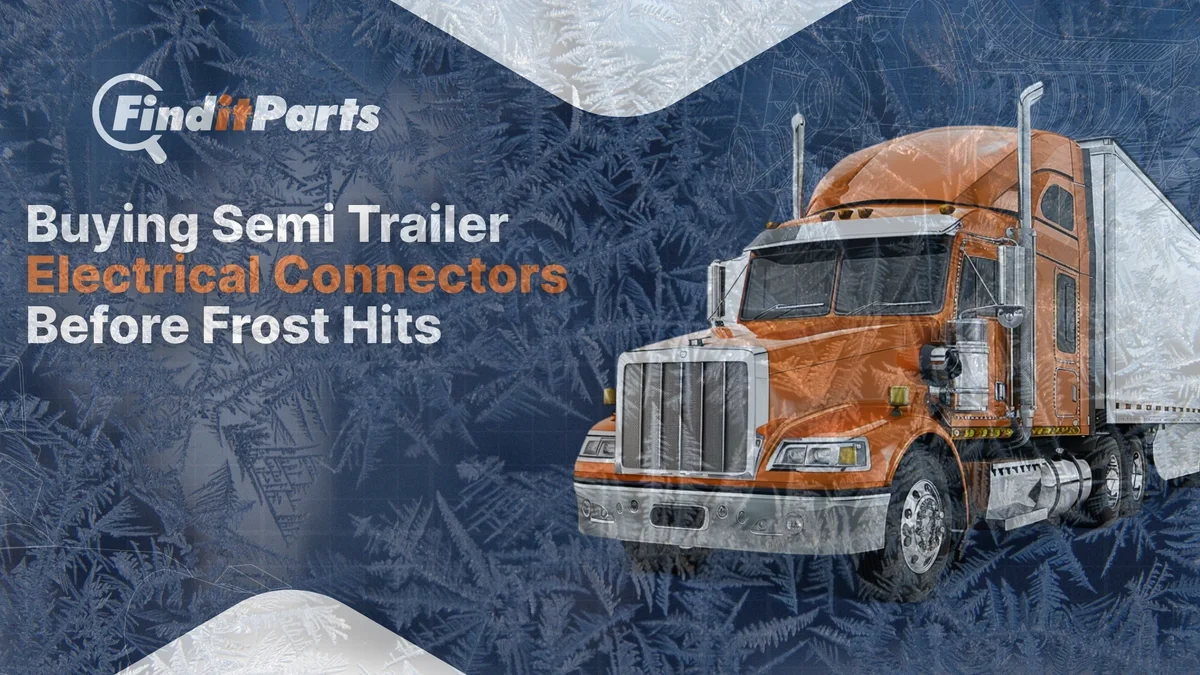Need help? We're here!
(888) 312-8812 Login SignupWhy OEM Freightliner Parts Still Matter for Older Rigs
November 05, 2025

Introduction
When an older Freightliner keeps rolling beyond half a million miles, the toolbox starts to matter as much as the engine. Worn bushings, failing sensors, unpredictable air systems—these are the headaches that creep in with age. It’s tempting to reach for a bargain aftermarket part when something gives out, but there’s a reason mechanics and parts pros still reach for OEM Freightliner parts after the warranty years are long gone. They know the difference between getting the truck back on the road and keeping it there.
Freightliner rigs have become workhorses across North America, especially among owner-operators and small fleets. They’re durable, familiar, and often still running strong past their expected life. So when things start breaking down, sticking with original manufacturer parts matters more than ever. Here’s why that decision pays off in the long run.
When Aftermarket Isn’t a Clean Swap
Not every replacement part fits quite like the one it’s replacing. Older body styles, outdated wiring layouts, and frame changes mean that aftermarket parts may not line up—literally.
OEM Freightliner parts are designed around the exact spec of your original rig. That means critical systems like air brake relay valves, wiring harnesses, and HVAC setups stay consistent with the driver’s expectations and the manufacturer’s intent. Aftermarket options may lack a sensor port, use a weaker bracket, or require last-minute fabrication just to get bolted in.
We’ve seen examples where a generic air dryer didn’t mount properly, sealing became an issue, and moisture wrecked downstream components. That’s not just expensive—it’s avoidable. OE parts don’t just match the part number. They match the structure, function, and intent of the whole system.
Performance You Can Still Count On
Over time, systems wear down. Bearings loosen, pedal travel grows, and seals get brittle. Older Freightliner trucks need parts that maintain a predictable level of performance under pressure. OE parts are engineered to deliver this consistency.
Take brakes, for example. A genuine drum from the original spec will wear evenly with the shoe, grip like it should, and survive temperature changes without cracking. Cheap substitutes? You might get chatter, fading, or premature wear. It’s a gamble every time you stray from the build sheet.
Same applies to engine sensors, ride height valves, and clutch components. Less variability means fewer surprises during install and fewer return visits to the bay after the truck hits the road. And let’s face it, less hassle matters more when uptime is the priority.
Freightliner’s Legacy Footprint
Freightliner trucks have served as the backbone of fleets for decades. Models like the FLD, Columbia, and first-gen Cascadia still show up on dealer lots, trade boards, and repair bays across the country. They stick around because they work—but keeping them in service requires steady access to parts that match those platforms.
OEM parts don’t just fit better, they help keep those trucks DOT-compliant and safe. From door latches to anti-lock control modules, the original gear keeps your rig riding the line between performance and legality.
Finding those parts isn’t always easy. Some components for older Freightliners are no longer made new, but stock still exists across warehouses and supplier networks. That’s where knowing how and where to look can be the difference between a parked truck and a working one. For parts that fit older Freightliner models, consider products like Bendix air brake valves or Meritor driveline components that match OEM design.
What to Look for When Ordering Parts for Older Trucks
Ordering for a 15-year-old Freightliner requires more than a good guess and a search bar. Whether you’re ordering a cooling fan clutch or a cab harness, accuracy is everything.
Here’s what smart techs and counters always look for:
1. Match the VIN or OE part number. Never rely only on visual comparisons. Freightliners often had mid-year changes that affect fit and function.
2. Use catalogs, diagrams, and specs when comparing options. This helps avoid mismatches in holes, lengths, or ports.
3. Buy from sources that show real-time availability. You don’t want to find out partway through a repair that a key component is out of stock.
Getting the right part the first time avoids extra downtime, repeat labor costs, and frustrated drivers stuck at a truck stop waiting for one bracket.
Built to Last Means Sticking to What Works
An older rig might show its age with rust around the edges or a sagging seat, but the heart of a Freightliner keeps beating as long as it’s taken care of right. That means when you replace a spring brake, coolant reservoir, or fuel injector, the part you put in should work like the one that came out.
There’s a time for experimentation and a time for reliability. When a 750,000-mile truck limps in, it deserves parts built to match its story, not shortcut replacements that wear out in half the time.
Sticking with OEM isn’t about nostalgia. It’s about knowing what works and what doesn’t. And it’s that kind of hard-earned wisdom that keeps older rigs road-ready year after year. If a part is worth your time to install, it’s worth getting right.
Keeping an older Freightliner on the road takes the right match, and that starts with parts built to original spec. We stock a full range of OEM Freightliner parts that align with the systems your truck was born with. At FinditParts Inc., we focus on getting the fit right the first time so you can stay on schedule without surprises or returns.



